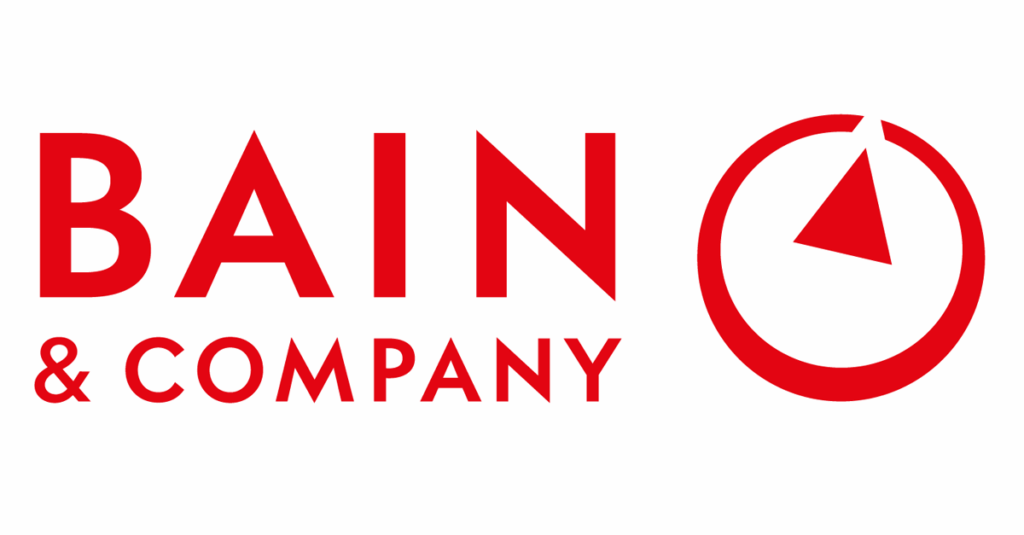Institutional investors to increase alternatives allocations by 10% CAGR to 2032: Bain & Co

Analysis from global consultancy Bain & Company suggests that institutional investors will increase their allocation to alternative asset classes by a 10% CAGR from 2022 to 2032, to reach at least $60 trillion.
With profitability from investments in public markets having fallen by half, Bain & Company’s analysis states that asset managers are increasingly being pushed to tap into alternative streams of return.
As a result, private market assets under management (AUM) are expected to expand at more than twice the rate of public assets, reaching $60 to $65 trillion by 2032.
Driving more opportunities for allocators, wealth and asset management firms are increasing their private market offerings.
We’re seeing this in insurance-linked securities (ILS) where there has been increasing interest in the asset class from a growing range of investment managers and wealth specialists over the last year.
“Wealth and asset managers are now favoring private markets because the business models that have dominated asset management for years have nearly run their course,” said Markus Habbel, global head of Bain’s Wealth & Asset Management practice. “Private assets constitute a much larger market than public assets and offer potentially higher yields, diversification, and in cases such as real estate — a hedge against inflation.”
Fee revenues for private assets and alternatives will grow commensurately, and could double to $2 trillion by 2032, Bain & Company believes.
Investor demand is a key driver then, with Bain & Company saying, “Investor demand has picked up as well, with institutional investors expected to increase their allocation to alternative assets by a 10% CAGR from 2022 to 2032, causing AUM to reach at least $60 trillion. Sovereign wealth funds, endowments, and insurance funds are seeking higher yields due to public market volatility and declining returns.
“Similarly, rising contributions from retail investors will cause the retail AUM share to rise from 16% in 2022 to 22% in 2032.”
“Individuals are drawn to the alternative asset market by the prospect of diversification and higher returns and are therefore willing to tolerate lower liquidity,” explained Habbel. “In response to this demand, leading companies have launched innovative offerings such as intermittent liquidity products for retail investors.”
Again, this is all reminiscent of the insurance-linked securities (ILS) and catastrophe bond asset class, where UCITS cat bond fund strategies have been expanding and mutual funds in the United States have been growing as well.
Niche investment products that can attract high-net worth individuals are seen as particularly likely to succeed, but importantly, Bain notes, asset managers need to be able to deliver on size to capture the opportunity as well.
Hedge fund assets, which is likely where an alternative investment like ILS sits in Bain’s data, are forecast to grow from $3 trillion to as much as $4 trillion by 2032.
Educating investors is seen as key as more of the world’s assets shift to private and alternative classes.
Risks and liquidity issues are vital to translate for investors.
“Companies will need to communicate how investors can have sufficient liquidity and the ability to collateralize private assets; that minimum investments and onboarding are more accessible than commonly perceived; and that reporting and tax filing processes have become more streamlined,” Bain & Company explained.
These are critical in the insurance-linked securities (ILS) space, where education of global investors remains a priority, to ensure they understand the unique features of the asset class, but also have a clear understanding of the benefits of its lack of correlation and the role ILS can play within diversified portfolios.






